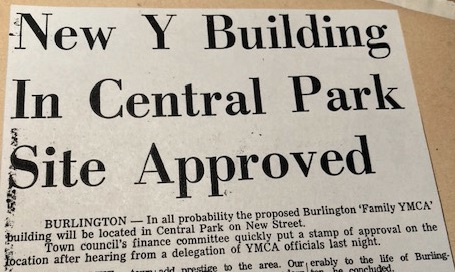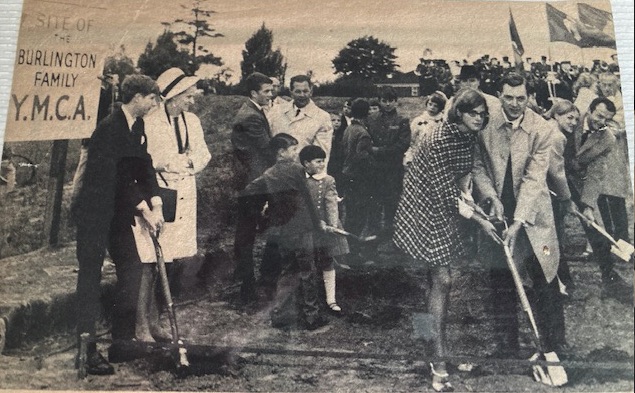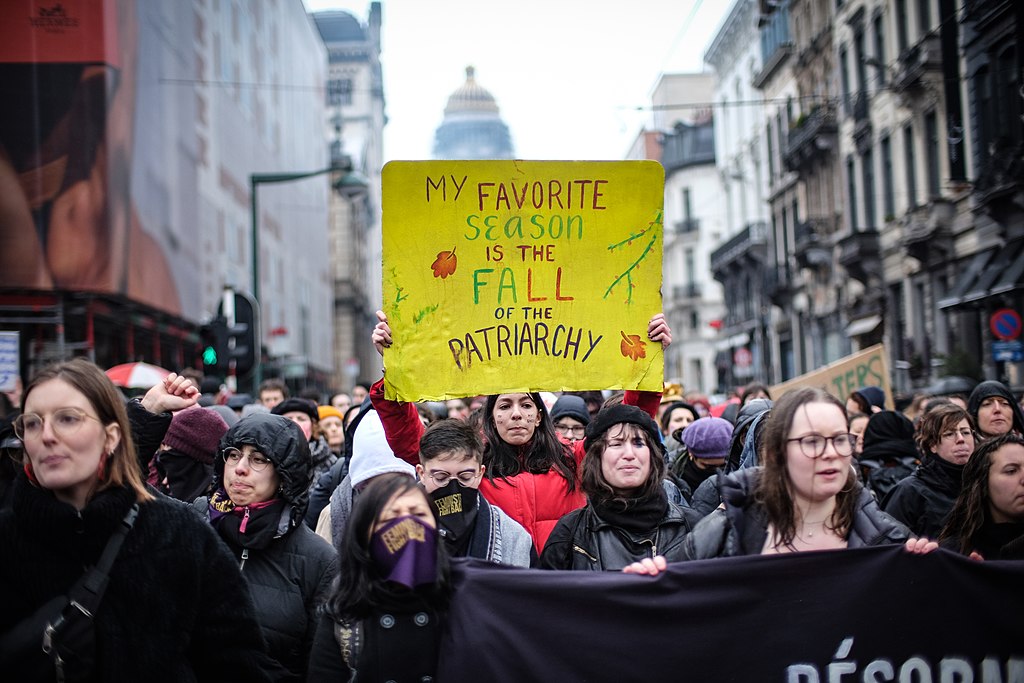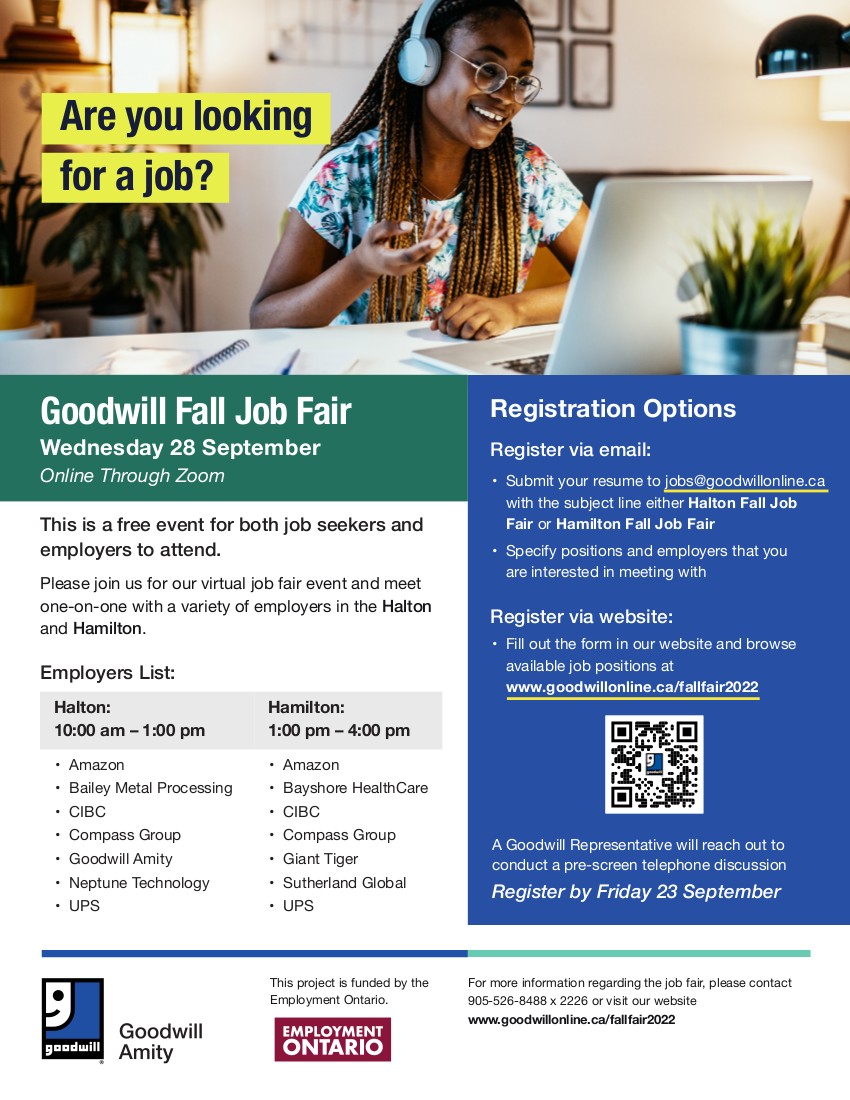With all the beautiful facilities, programs, and amenities that make Burlington one of the best places in Canada to live in, one cannot look past the history of the YMCA as a central part of this cultural and philosophical mosaic.
The triangular motto of the YMCA is “Spirit, Mind, and Body.” The YMCA, founded by George Williams in 1844, used three ideals as a template for this development of the total person: Hercules, Socrates, and Jesus Christ. Such lofty ideals are the cornerstone of an organization that promotes the spiritual, physical, and intellectual development of the individual within the communities they live in. So as the individual grows and thrives, the community flourishes.
Case in point, the Ron Edwards YMCA in Burlington, Ontario.
The Hamilton YMCA was one of the first charter members of the YMCA as they started in 1856. Programs were run in churches and schools and it wasn’t until 1899 that the Hamilton YMCA had a building to call their own. The city, with a population of about 20 000 people at the time, was booming and the YMCA had to grow to meet that need. Over the years, it ran programs in the east end of the city and on the mountain, and bought a camp in Haliburton called Camp Wanakita. But the founding fathers were looking at a need in a booming residential community across the bay in Burlington.
In 1961, the town of Burlington, who had just annexed the Aldershot area from Hamilton in 1958, had a population of 47 000 and there were inklings that a YMCA satellite would be a good addition to Burlington. Youth, gymnastics, and swimming programs were being run in Burlington through the auspices of the Hamilton Y. Volunteer Bob Elstone would bus kids to the Hamilton facility and there was a growing movement for Burlington to get a Y of their own. Elstone used to run ad hoc YMCA meetings out of his store in Roseland Plaza. At one such meeting in 1964, a motion was put forth to create a Burlington YMCA. That night, over 300 people paid $5 each to become members. Programs were run out of schools like Wellington Square and Laurie Smith. The Y then took a big step in 1965 when they hired Ron Edwards as their first executive director. The Burlington Y was (and still is) associated with the Hamilton YMCA charter and was officially called the Hamilton/Burlington YMCA.
Ron was born in Saskatoon and had been a member of the Y since he was eight years old. When asked to run a program for youth just after finishing high school, he was hooked by the philosophy, and the people, of the Y. He went to Sir George Williams University in Montreal in a program designed to develop leaders within the YMCA structure across Canada. Before coming to Burlington, Ron worked at the YMCA in Cambridge, Moncton, N.B., and west end Toronto.
Bob Elstone may have been Burlington’s first YMCA volunteer, but if that was the case, Ron MacVinnie was the second. About two weeks later.
“Back then, there were two employees of the Y, Ron Edwards and Sylvia Bailey. They had an office on Brant St.,” MacVinnie explains. “They would rent churches and schools for programs. I ran a gymnastics program every Saturday for two years. The energy of Ron Edwards made it happen.”
Fellow volunteer instructor and lifeguard Dave Myers echoes that feeling. “That office [the first YMCA office] was above Halton Peel Trust and Savings (The Pump on Brant is the present tenant). I admire Ron and Sylvia because they had to do three things to get this ball rolling. They had to raise awareness, they had to raise money, and they had to build programs in all these satellite locations,” Myers says. “Burlington had no indoor pools, so we used to pick kids up at the No Frills plaza and the Towers Plaza on Plains Road and take them into the Hamilton YMCA. We would have two busloads every Sunday,” Dave adds. “The Hamilton Y pool was open especially for Burlington kids on Sundays since, at the time, it was an all-male facility.”
That storefront operation and volunteers taking kids into Hamilton or running programs at school and churches all around Burlington showed the ingenuity and tenacity of Ron Edwards. Ron encouraged others to take the leap of faith needed to create programs and help grow the YMCA philosophy, but a facility was sorely needed.

An initial $955 000 fundraising campaign started in 1967 and the new facility was opened on three and a half acres of land adjacent to Central Park on April 5, 1970. It included Burlington’s first indoor pool and a gym. But the key to the success of a YMCA was and always will be volunteers.
“We started a noon-hour fitness class and Jackie Crans and Kay Ferguson started a swim program and competitive swim club,” says Ron MacVinnie. “There now was a facility and an executive director leading the way, but the key is quality programs to fill needs and encourage participation.”
Those programs included a post-cardiac fitness program and one of the biggest leader corps programs in Canada.
Dave Myers adds, “There was a group of serious runners led by Dr. John Kendall and Gord McComb that called themselves the Magnificent Seven. They inspired others to take up running and routes were posted where people could run various distances.” Myers says, “That evolved into the Y Runners Club who met in the lobby every Saturday morning. As time passed, this became the Burlington Runners Club, one of the most active clubs in Ontario with people of all ages and abilities involved. The old Burlington Road Race used to be run out of the Y.”
People know where the Y is now, but let’s look at the landscape in 1970. Burlington had grown to a population of 87 000, but the small-town feel was all around. Where Central Arena is now was where Pogo Park was, with a baseball diamond that was used for youth hardball. The arena? It was located on New Street, where the Burlington Little Theatre calls home now. The theatre still has the remnants of the entrance and lobby of the arena; the ice surface was torn down to make way for the Burlington Tennis Club and Seniors Centre. Drury Lane and New Street didn’t even meet back then.

By 1975, Burlington was continuing to boom, reaching towards 100 000 people, and it was obvious that the Y building needed to expand to meet the population’s growing needs. A campaign to raise $2 million was started, and the new expanded Y opened in 1981. It included four racquetball/handball courts, an improved weight room and another gymnasium. That expanded facility allowed the membership to grow to 5000 people.
Burlington kept growing, reaching 150 000 by the year 2001, so the YMCA had to grow with it. Fate got in the way in 1993, when a fire in a sauna required some renovations and reconstruction to take place, but there were bigger things on the horizon. The Hamilton/Burlington YMCA started a building campaign in 1997 that they called “Building Healthy Tomorrows” and the target was an astounding $29.2 million. That would allow for a new YMCA in Flamborough and $5.7 million to improve facilities in Burlington, making the building more modern and fully accessible. The new and improved Y was renamed the Ron Edwards Family YMCA in 2002 and the renovations were complete by 2004.
Stephen Butz began his Y career in Burlington in 1981 and held positions at various levels within the Hamilton/Burlington structure before heading up YMCAs in Cambridge and Niagara. He later took his talents to B.C., where he is now the president and CEO of the YMCA of Greater Vancouver.
Stephen shares a unique perspective on the Burlington YMCA, and its place in the town and later, city, of Burlington.
“We are talking about bricks and mortar, but that’s only part of what the Y is. Buildings are only the tools to deliver services to the community,” Butz says. “A lot of people find their community at the Y and through the Y they get the opportunity to grow and become the best versions of themselves. Look around the leadership in Burlington or any other city in Canada. Everybody has a YMCA story.”
“The very idea that as an organization the YMCA turns no one away makes the Y much, much more than just another fitness facility to compete with others. The Y programs support people in so many ways, from youth employment services and childcare, to support for new Canadians and youth outreach programs,” Butz adds. “The YMCA brings out the best in people and brings the community together. Back in the 60s, 70s, and 80s, Ron Edwards never talked like that, but he sure led like that. He inspired generations. I’m just one of them.”
The Burlington YMCA started as a storefront operation with two employees and 300 members who paid $5 each. It grew into a facility that serves the community in so many ways, with state-of-the-art equipment and amenities, while Burlington grew along with it from a town into a city of 183 000 people, a city that is one of the best places in Canada to live. The people of the YMCA played a role in that, including the facility’s namesake.




